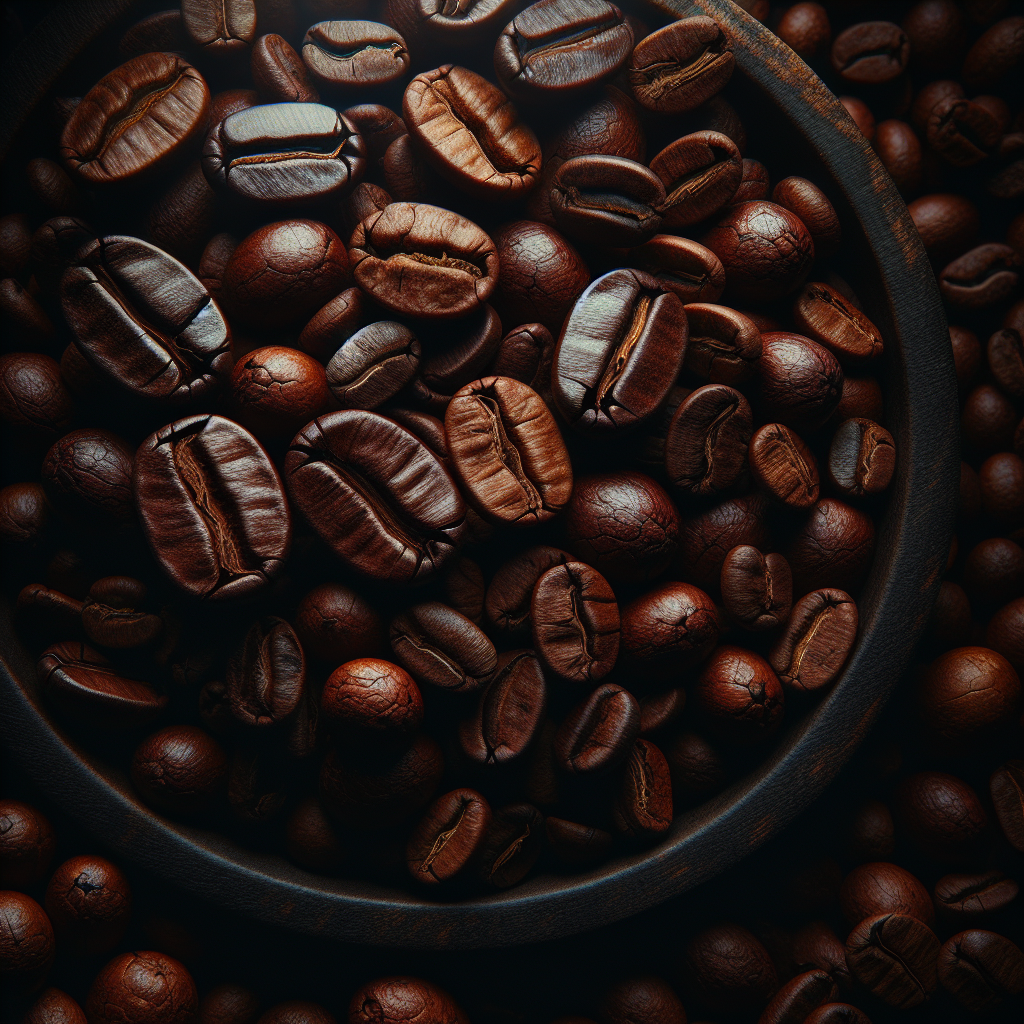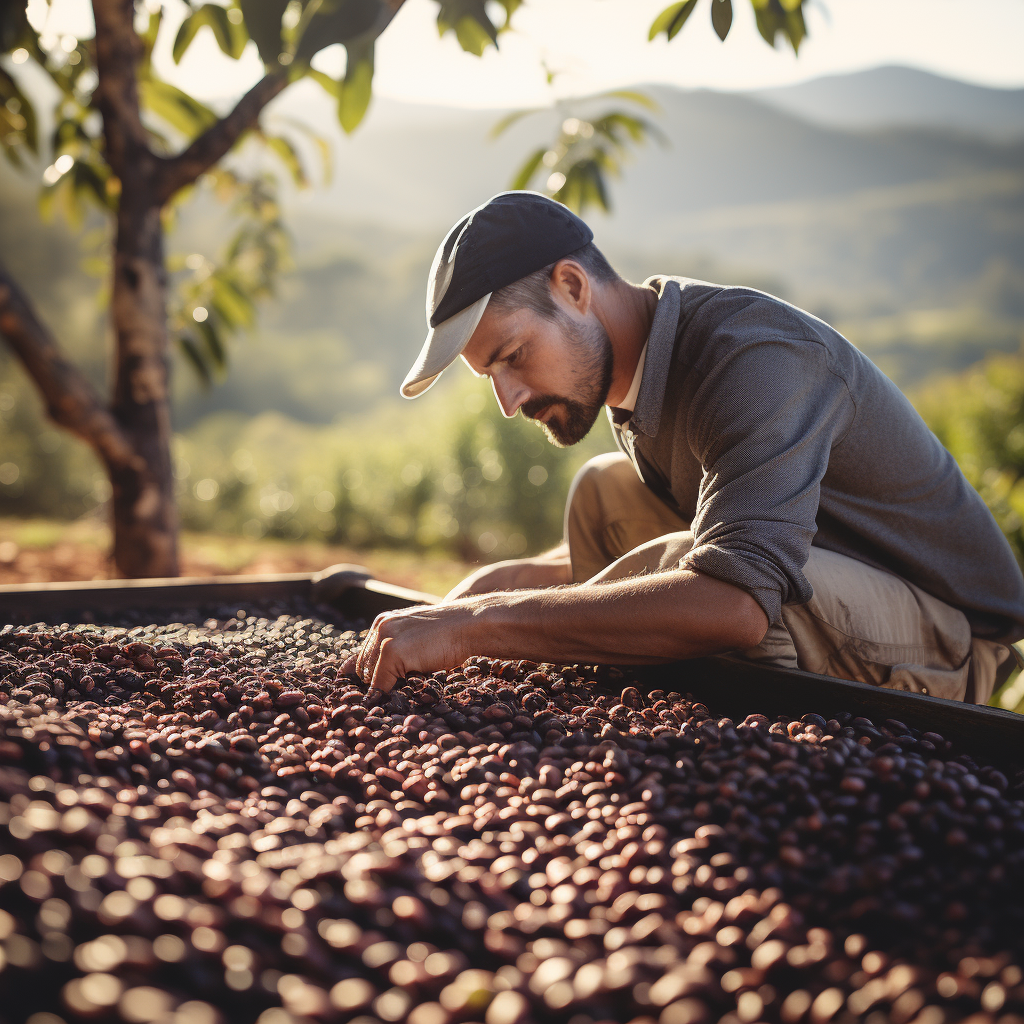Exploring the Bold World of Robusta Coffee Beans
The world of coffee is incredibly diverse, with each bean variety offering its own unique profile of flavors, aromas, and caffeine levels. Among these varieties, Robusta coffee beans stand out for their boldness, intensity, and resilience. In this exploration, we will dive deep into what makes Robusta coffee beans distinct, contrasting them with the widely acclaimed Arabica beans to better understand their place in the coffee universe.
Introduction to Robusta Coffee Beans
Robusta coffee beans, scientifically known as Coffea canephora, have a rich heritage rooted in the forests of central and western Sub-Saharan Africa. Known for their hardiness, Robusta plants are favored by farmers for their resistance to disease and pests. These beans boast a larger size and a higher caffeine content than their Arabica counterparts, contributing to their unique flavor profile that’s often described as bold and intensely bitter, with earthy and grainy notes.
Contrasting Robusta Coffee Beans with Arabica Beans
When comparing Arabica beans to Robusta, several differences stand out, not just in taste but in physical appearance and cultivation. Arabica beans are ovular and flat with an oilier surface, which lends to their sweeter, zesty, and somewhat fruity taste. Robusta beans, on the other hand, are larger and have a more rounded shape.
- Robusta Beans: Bold and bitter flavor profile
- Arabica Beans: Sweet and zesty taste
Beyond their physical differences, the caffeine content significantly varies, with Robusta beans containing nearly twice as much caffeine as Arabica beans. This not only impacts their flavor profiles—giving Robusta its characteristic boldness and bitterness—but also their resilience to pests.
The Distinctive Qualities of Robusta Coffee
Robusta coffee is famed for its full body and robust flavor, with a significant bitterness and a deeply earthy aroma. These beans excel in diverse environmental conditions, allowing for widespread cultivation in regions other coffee beans might find challenging. Fine Robusta coffee, known for its thick, foamy crema and low acidity, brings a unique and enjoyable experience to the coffee drinker, diverging from the more acidic and fruity Arabica beans.
Exploring the Versatility of Robusta Beans
Robusta beans contribute substantially to coffee blends, adding body, crema, and a caffeine kick that enhances the overall experience. The processing methods applied to Robusta beans can considerably alter their flavor profile, turning their natural boldness into a smoother, more palatable blend. Besides, the high caffeine content in Robusta beans is not just a source of energy but also offers numerous nutritional benefits.
Cultivating and Harvesting Robusta Coffee
The cultivation of Robusta coffee is an intricate process that spans across various growing regions, each offering unique characteristics to the beans. These beans thrive in high temperatures and can withstand harsher conditions than Arabica beans, allowing for a more versatile cultivation map. Sustainable farming practices and community initiatives play crucial roles in the production of Robusta coffee, ensuring a positive impact on local economies and ecosystems.
Embracing the Diversity of Coffee Beans
The coffee industry is enriched by the diversity of its beans, with each offering distinct flavors, aromas, and benefits. Robusta coffee beans, with their bold and bitter profile, play a vital role alongside the sweeter and fruitier Arabica beans. Appreciating these differences can lead to a more profound enjoyment and understanding of coffee. We encourage coffee enthusiasts to explore beyond their usual preferences, experimenting with different bean varieties to discover new tastes and experiences.
For those looking to delve deeper into the world of coffee and explore other coffee drinks and machines, feel free to visit here for comprehensive guides and reviews. Let your coffee journey be limitless!
Shop at Breville now!
https://breville.oie8.net/oqDqrE
Shop RobustaCoffee Beans at Amazon now!
Click here





